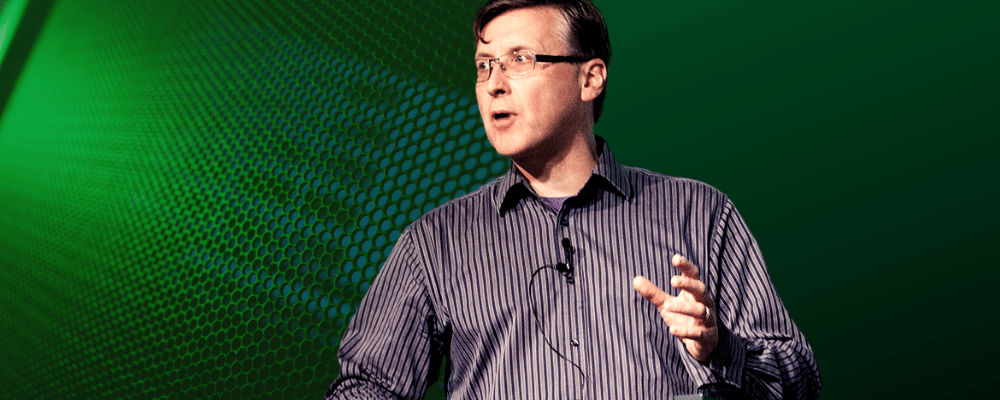
ICT players learn ICT Standards & Industry Insights towards low carbon footprint
On 20th November, ICT players attended the 3rd ICTFOOTPRINT.eu webinar, getting to know several Standard methodologies and other insights towards a low ICT corporate footprint.
Lance Rϋtimann (Vice-President of The Green Grid) and Jean Manuel Canet (Vice-Chairman Working Party “ICT and climate change” at International Telecommunication Union) explained European EN 50600 Series of Standards and ITU-T methodologies, respectively.
Joe Baguley (Vice President & Chief Technology Officer, EMEA at VMware) gave an industrial perspective on VMware recommendations for a sustainable ICT.
ICT matters for a sustainable environment
Jean Manuel Canet stated that ICT can have two sides of the same coin, when considering Environmental issues. The use of ICT is responsible for an increase of environmental impact, due to natural resources and energy consumption, on the other hand, ICT can considerably reduce the environmental load as well decreasing the overall carbon footprint and thus improving the environmental sustainability of society.
To reinforce the importance of ICT in environment sustainability, Joe Baguley mentioned that in 2010 ICT was responsible for 2% of global emissions. Estimates about 2020, foresee that this number will increase to a maximum of 10%, due to an increased use of IoT, networking and other IT technologies.
The use of ICT Standards and methodologies, along with recommendations and insights towards a low ICT carbon footprint, helps organisations to increase the sustainability of their ICT.
Sustainable & Environmental friendly Data Centres? The EN 50600 Data Centre Standard Series
Lance Rϋtimann explained the meaning of EN 50600 Standard for Data Centres, which is a comprehensive standard focused on infrastructures and facilities of data centres, rather than on the associated equipment (such as telecommunication, software and associated configuration).
The EN 50600 series provides a framework for consultants, designers, installers, service providers, as well as owners and operators, that encompasses the key aspects to be considered during the life time of a data centre, namely the methods and processes to address energy efficiency & sustainability.
The standard is organised into 5 main categories where data centre professionals can focus on when addressing sustainably: Concept, Design & Build, Operation, KPIs and Best Practices. All together they provide a fully holistic approach to analyse Data Centre sustainability.
First it must be defined what needs to be achieved, followed by how it will achieved thanks to design, build and commission and, last but not least, how to maintain and improve the objectives defined in the first step, thanks to expertise and best practices.
Assessing the impact of ICT- The ITU-T methodologies approach
Jean Manuel Canet gave an overview of ITU-T methodologies available for increasing ICT energy efficiency and reduce its carbon footprint, which can be applied to different aspects of the ICT landscape. All ITU-T methodologies can be downloaded for free on ITU-T website.
Server Virtualisation – A Sustainable Technology
Did you know what “Server Virtualisation” is? And for each “Server Virtualisation”, around 4 metric tons of CO2 are saved? Thanks to servers virtualisation VMware made since 2000 worldwide, the emissions saved correspond to powering all Spain, Italy, Germany and Switzerland households for one year.
Server virtualization helps optimising your server resources by migrating from dedicated physical hardware to a virtual server. This technology can allow energy consumption reduction around 80%, having a big impact on business sustainability. Plus, since less physical servers are needed, less are produced and then shipped to customers’ location, even more savings are achieved.
More valuable information about VMware “Force for Good” Global Impact Report is available on ICTFOOTPRINT.eu website: https://ictfootprint.eu/en/news/environmental-impact-ict-reducing-ict-footprint-and-rethinking-progress-technology .
Download the Webinar's slides and see the webinar below







 © 2018 ICTFOOTPRINT.eu – ICTFOOTPRINT.eu has received funding from the European Commission’s Horizon 2020 research and innovation programme under the Grant Agreement no 690911. The content of this website does not represent the opinion of the European Commission, and the European Commission is not responsible for any use that might be made of such content.
© 2018 ICTFOOTPRINT.eu – ICTFOOTPRINT.eu has received funding from the European Commission’s Horizon 2020 research and innovation programme under the Grant Agreement no 690911. The content of this website does not represent the opinion of the European Commission, and the European Commission is not responsible for any use that might be made of such content.